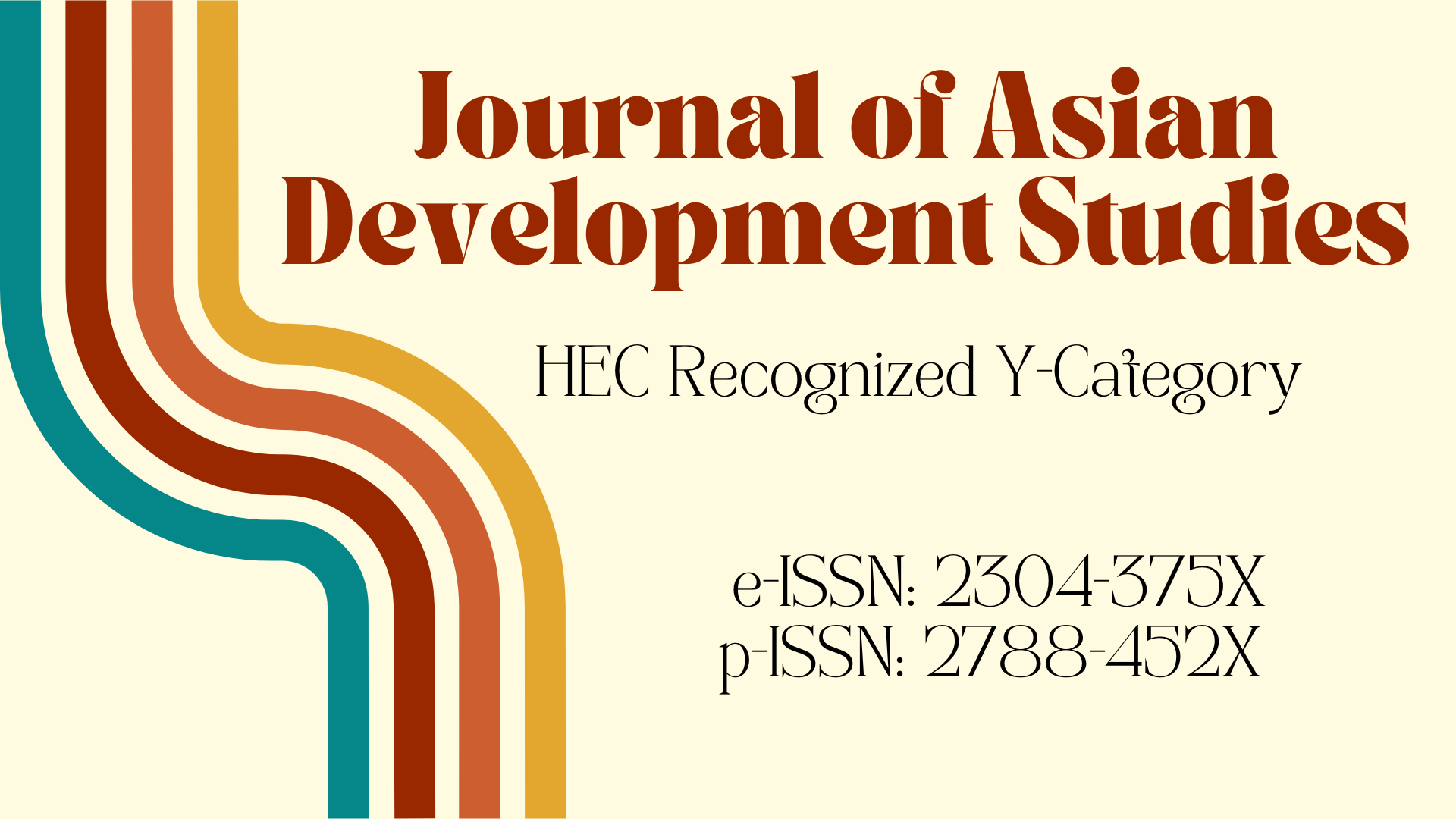Effect of Tea Waste Particles on Chloride Ion Penetration in Cement-Based Mortars
DOI:
https://doi.org/10.62345/Keywords:
High-strength Mortar, Internal Curing, Tea Waste Particles, Chloride PenetrationAbstract
The durability of high-strength mortars is a critical factor in their long-term performance, especially in aggressive environments. This study evaluates the impact of different internal curing agents on the chloride-ion penetration in high-strength mortars. For this research, twelve (12) different mixes were prepared, adding tea-waste particles (as internal curing agent), perlite particles, and super-absorbent polymers (SAPs) (for comparison with tea-waste particles) as internal curing agents. The tea-waste and perlite particles were used in two different sizes and were tagged as TW30 and TW50, and P30 and P50, respectively, with 3% by vol. of the binder. The results indicated that the specimens induced with tea waste and SAP exhibited a slightly higher chloride penetration than perlite particles. The coarser particles showed higher penetration compared to finer particles. The findings suggest that the perlite particles can be effectively used as an internal curing agent in high-strength concretes combined with silica fume as supplementary material compared to tea-waste particles to resist chloride-ion penetration in high-strength mortars.
Downloads
Downloads
Published
Issue
Section
License

This work is licensed under a Creative Commons Attribution 4.0 International License.
License Terms
All articles published by Centre for Research on Poverty and Attitude are made immediately available worldwide under an open access license. This means:
- everyone has free and unlimited access to the full-text of all articles published in Centre for Research on Poverty and Attitude's journals;
- everyone is free to re-use the published material if proper accreditation/citation of the original publication is given.




